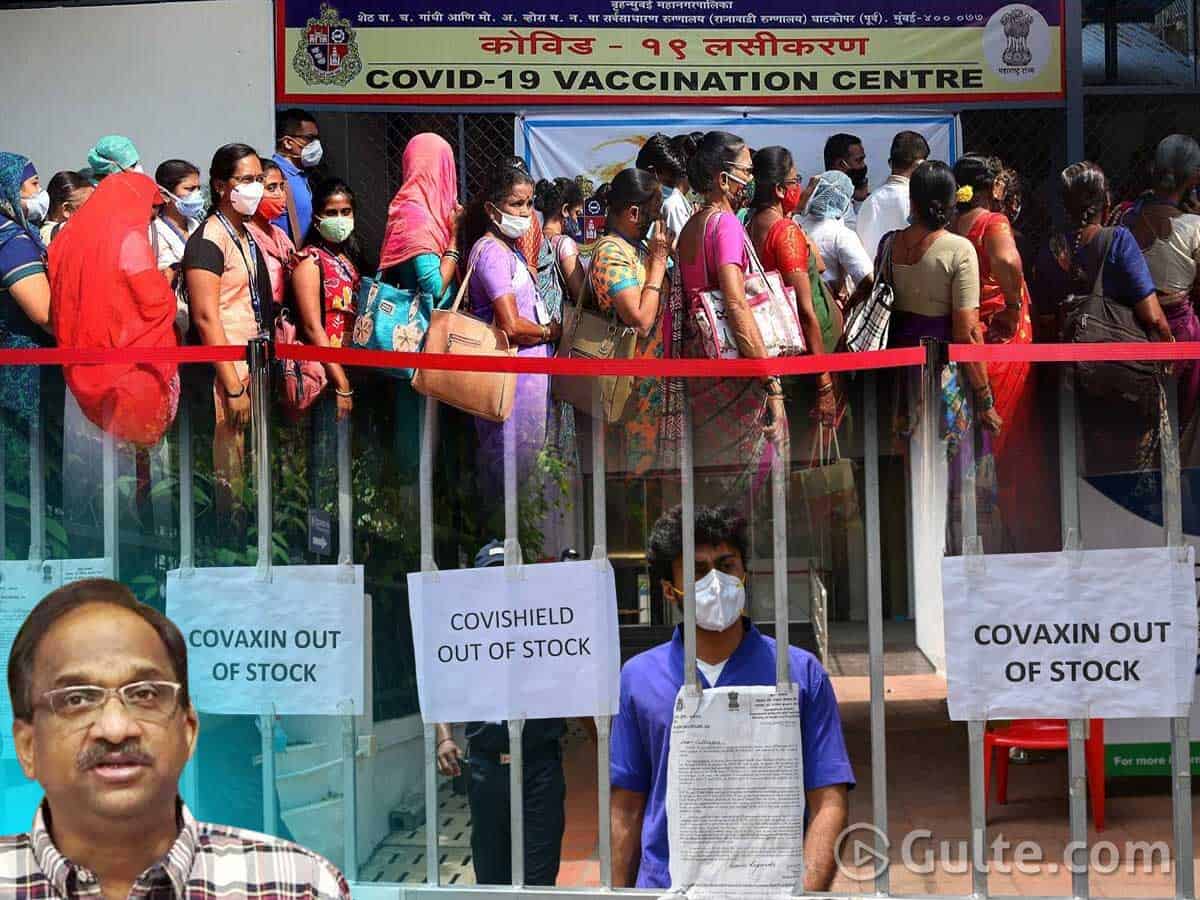India’s vaccination drive is witnessing many unpleasant events. Centre and the states spar over vaccine accessibility. People are anxious over the availability of vaccines for the second dose. Vaccine centres are turning into super spreaders as people in large numbers flock to have a jab. Vaccination for adults aged between 18 and 44 remains as an intent only. Vaccine manufacturers are struggling to cope up with the unprecedented surge in demand for jabs. Adar Ponawalla’s SII left the nation perturbed by too much pressure for vaccine supply. Bharat Biotech is caught in the political storm. Who is to be blamed for this fiasco? What went wrong despite India producing 60 percent of the world’s vaccines before the onset of the pandemic? Answers to these questions reveal India’s vaccine story riddled with lost opportunities due to political hubris, administrative incompetence, and free-market fundamentalism.
- It is estimated that about 97 percent of the cost of the Covishield produced by the SII for Oxford-AstraZeneca is funded by public funds in the United Kingdom, the United States, and Europe. Public funded nature of private innovation is much more evident in the case of Covaxin produced by Bharat biotech. The Covaxin is a result of isolation of the SARS-CoV-2 strain by the Indian Council of Medical Research (ICMR) institution, National Institute of Virology, Pune.
Yet, the SII and Bharat Biotech are allowed to set their price and retain a market monopoly. No attempt is made to share at least the Covaxin know-how with other companies to ramp up the production despite knowing fully well that the manufacturing capacity of these two companies will not in any way meet India’s covid vaccination requirement. - Despite a glaring demand-supply gap, the government of India has not allowed other vaccine candidates entry into India despite them being cleared by US FDA, regulators in UK, Europe, and the WHO. The government has finally woke up and permitted their emergency use in India. But, the country has to wait for at least several months for access to these foreign vaccines. This is because these foreign vaccine manufacturers have to attend to the commercial contracts already signed. Even if Indian companies get a license for domestic manufacturing of these vaccines, it will take at least a few months to gear up for production.
- The states are complaining of discrimination in vaccine allocation. Such criticism is validated by the fact that there seems to be no normative standard to determine how much each state will be allocated. According to a recent study at Ashoka University, Maharashtra, Kerala, and Delhi, all opposition ruled states got an allocation of five vaccines for one confirmed COVID case. But, Gujarat and Rajasthan got 30 vaccines per case. Similarly, Kerala, Tamil Nadu, and Maharashtra have a higher percentage of the elderly population (45+), the allocation to these states were far lower than those made to Gujarat where the elderly account for a significantly lower proportion of the population.
- Even while those above 45 years struggle to get a second dose given the vaccine shortage, the central government opened registration for vaccination to all adults above the age of 18. This only reveals an utter lack of planning, which led to chaos and confusion. Notwithstanding all these lapses, the centre unabashedly is shifting the blame onto the states by repeatedly asserting that there is no vaccine shortage.
- The much more alarming aspect of this vaccine fiasco is the central government’s fiscal conservatism on spending for vaccines. The union budget for 2021-2022 presented to Parliament on February 1, 2021, boasted an allocation of Rs 35,000 crores for COVID vaccination. But, until now, the government of India has spent mere Rs 4744.45 crores, which account for less than 14 percent of what was allocated. There was no funding to help vaccine companies brave the fiscal risk in vaccine research. There were no advance purchase orders till January 2021. Until now the centre has placed orders for the relatively small quantity of vaccines when compared to the total requirement. It may be recalled here that Adar Ponawalla of SII said that he has not expanded manufacturing due to lack of adequate orders. On the contrary, even the Trump-led United States and Europe funded vaccine research and placed orders much before the vaccine was unveiled.
India requires an estimated Rs 50,000 to 80,000 crores to inoculate every Indian. This accounts for hardly 0.5 to 0.7 percent of GDP. The ICMR recently advised for a six to eight-week lockdown, if implemented, will wipe out as high as 18% of this country’s GDP. It may be recalled that a lockdown in 2020 has eroded India’s growth by 24 percent in the last fiscal. Is there any rationale in the government of India’s fiscal conservatism?
By – Prof K Nageshwar
For Prof K Nageshwar’s views please subscribe to Telugu Videos | English Videos
Tags India Covid 19 India Covid Vaccine
 Gulte Movie News And Politics
Gulte Movie News And Politics

















